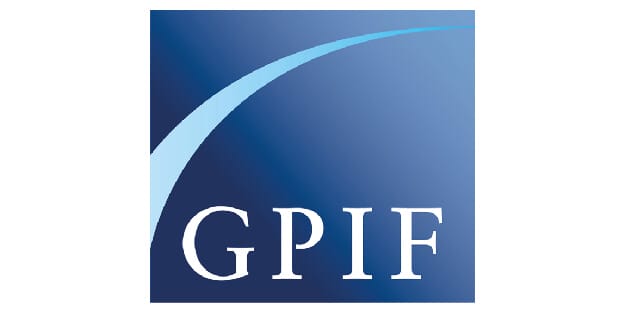For investors struggling to develop better ways to measure private equity fund performance, researchers at GPIF suggest an alternative measurement model in a recent working paper.
Authors Koichi Miyazaki and Kazuhiro Shimada propose a measurement method that compares the performance of private equity funds and traditional assets more accurately than previous methods via a so-called Spread Based Direct Alpha methodology. The authors note that the performance measure is also applicable to other alternative assets such as infrastructure and real estate.
As of the end of March 2022, the total value of GPIF’s private equity allocation stood at ¥306.6 ($2.2 billion) in a jump of ¥245.6 billion ($1.7 billion) compared to the end of March 2021. Although still only a tiny portion of total assets under management at the giant ¥193 trillion ($1.5 trillion) pension fund, GPIF has been rapidly building out the portfolio.
The market value of the entire private equity portfolio increased due to new investments made through discretionary asset managers as well as market value appreciation of portfolio companies and foreign exchange fluctuations, says the fund in its 2021 annual report, published last July.
IRR v PME
While the performance of traditional assets such as stocks and bonds is often measured by time-weighted rates of return, the performance of alternative assets is generally measured by the internal rate of return (IRR) since inception. The report authors argue that when measuring the performance of private equity funds, the IRR and investment multiple, which measure the absolute value of the investment, is typically observed. While these are excellent for the purpose of understanding the absolute return of each PE fund, they are not suitable for comparing the performance of PE funds with that of traditional assets, they write.
Public Market Equivalent (PME) measures a private equity fund’s performance relative to the listed market. Various kinds of PME methods have been proposed, but the “direct alpha method” is widely assumed as the best. The PME methodology assumes that, at the point of a capital call, the same amount in question was invested in the benchmark and the performance is compared with that of the real PE fund.
“For the valuation of excess return against benchmarks, among the major PME methods, the direct alpha method, which has no mathematical defects and does not require any artificial corrections, is considered to be the best method for measuring PE fund performance at present,” write the authors.
The study proposes a measurement method that can compare the performance of PE funds quite accurately with that of traditional assets by splitting the performance of private equity funds into a beta portion, which is the market performance, and an alpha portion, which expresses the pure investment skill of PE funds, by way of the spread based direct Alpha (SBDA) and the alpha amount based on SBDA.
The alpha portion, which expresses the pure skill of the PE fund, should be extractable, and the performance relative to the MSCI ACWI ex Japan, the GPIF’s policy benchmark for foreign equities, should be measurable. Whether or not the double mandate is actually met in practice will need to be examined from various perspectives in the future. In the process, it will also be essential to improve the SBDA and the corresponding alpha amounts.
GPIF private equity portfolio ranges from buyout funds, growth equity funds, venture capital funds, turnaround funds and private debt funds. “GPIF makes diversified investments in PE funds of these type,” says the fund’s latest annual report.
Strategy includes a co-investment agreement with DBJ and the International Finance Corporation to invest in private equity in emerging markets, set up in 2015. In fiscal 2021, GPIF appointed additional external asset managers for a Japan-focused strategy to capture domestic investment opportunities. Through a range of fund-of-funds, GPIF also invests in diversified PE funds, mainly in developed countries.
The breakdown of portfolio by region shows North America with the largest share at 77 per cent, followed by emerging countries mainly in Asia. By sector, information technology accounted for the largest share (37 per cent), while other investments were diversified across a wide range of industries, including consumer discretionary and industrials.
The IRR from the entire PE investment stood at 11.85 per cent in dollar terms (as of the end of March 2022) since its inception of in-house investment in investment trusts in June 2015.
Over the last ten years GPIF has steadily increased exposure to alternative investments (infrastructure, private equity, and real estate) seeking greater portfolio diversification, efficiency and to further ensure the stability of pension finance. As of the end of fiscal year 2021, the market value of alternative assets exceeded ¥2 trillion. Still, that only accounts for around 1 per cent of total assets – well below the funds 5 per cent threshold allocation to alternatives.



